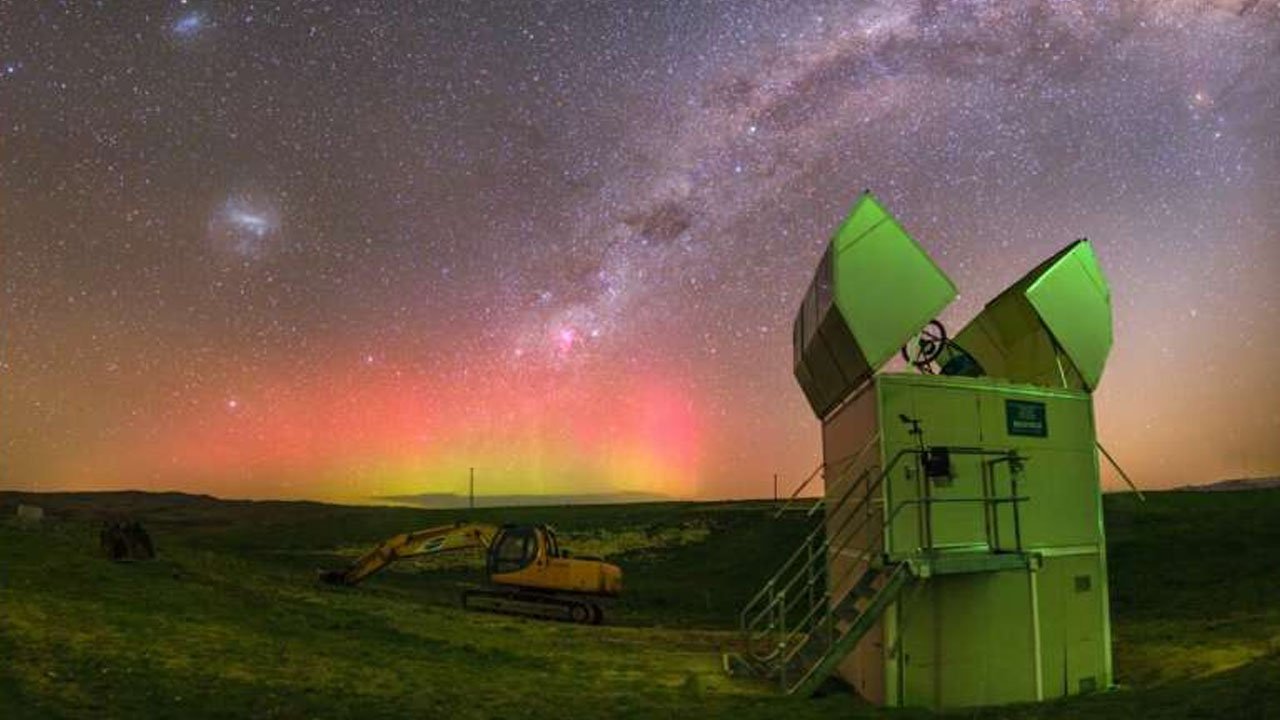The first network of robotic telescopes has begun operating on five continents
2 min read
The Burst Observer and Transit Optical Detection System (BOOTES) is the first of its kind telescopes The robots have been deployed on five continents, after nearly 25 years of efforts to complete the project development. The information has been published in the scientific journal Frontiers in astronomy and space scienceOn the sixteenth of January.
The project is a development of the Institute of Astrophysics of Andalusia (IAA) of the Spanish Research Council of the State Agency (CSIC), the University of Malaga and other institutions in Spain and other countries. In all, there were two facilities in Spain and one in each of the following countries: New Zealand, China, Mexico, South Africa, and Chile.
The network of telescopes was developed to use simultaneous information from various sources on the five continents, allowing for rapid, real-time visualization of astronomical events. The use of the grid is mainly aimed at transient source events, which emit light briefly, intensely, and rapidly — unlike other observations of permanent emitting objects.
“BOOTES is the product of nearly twenty-five years of continuous effort, since we installed the first plant in 1998 at the National Institute of Aeronautical Technology (INTA), the institution that initially supported the project. The full implementation marks a scientific milestone, as it is the first robotic network It has a presence on all continents,” said IAA-CSIC scientist and co-lead author of the article, Alberto J. Castro Tirado.
robotic telescopes
As the article explains, the BOOTES network should help monitor gamma-ray bursts associated with the death of massive stars. Usually, satellites are used to warn of gamma ray events, however, the network will work better because of its speed – in addition to this type of observation, robotic telescopes can spot comets, asteroids, variable stars, supernovae and other objects that emit gravitational waves.
Although implementation was only completed in 2023, the project got its start years ago: remarkable observations were made in 2017, when the first data of an electromagnetic analogue of a gravitational wave, named GW170817, was revealed. In 2020, BOOTES observed short-lived radio waves found in the Milky Way, and in 2021, detected pulsations in a magnetic burst from a neutron star.

“Entrepreneur. Music enthusiast. Lifelong communicator. General coffee aficionado. Internet scholar.”

:strip_icc()/s04.video.glbimg.com/x720/11792055.jpg)

:strip_icc()/s03.video.glbimg.com/x720/11786998.jpg)



